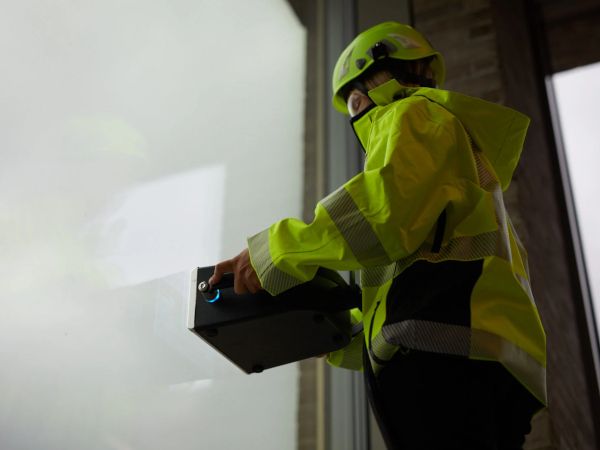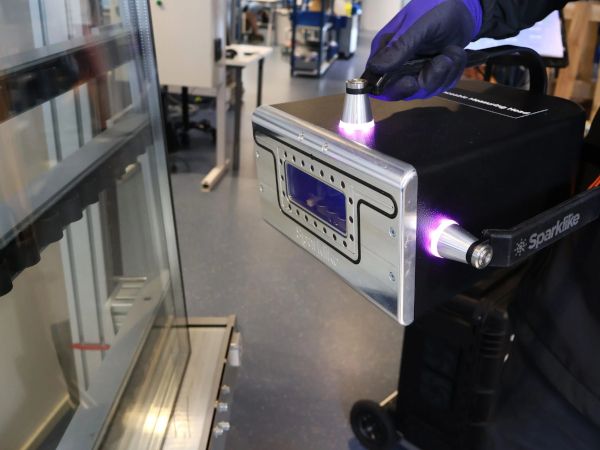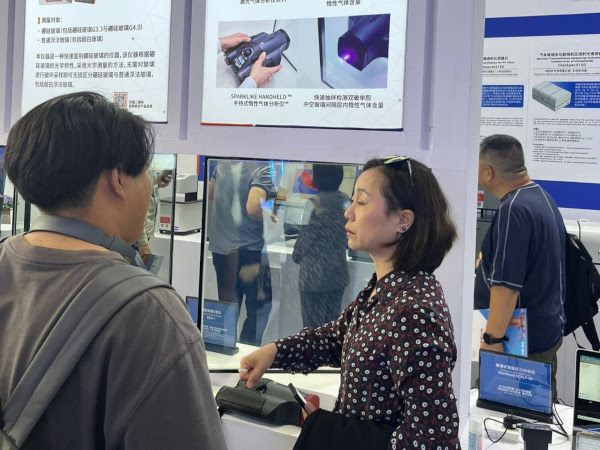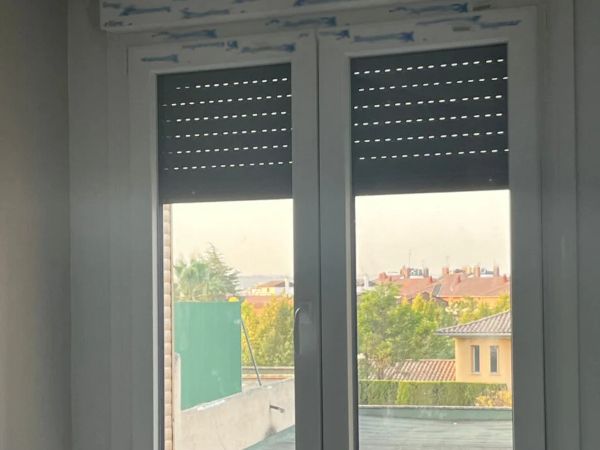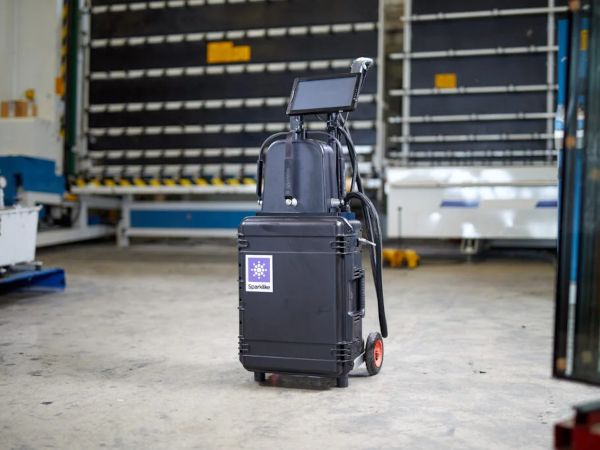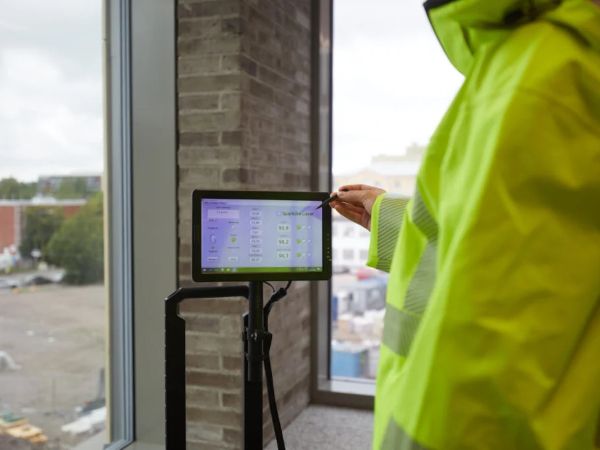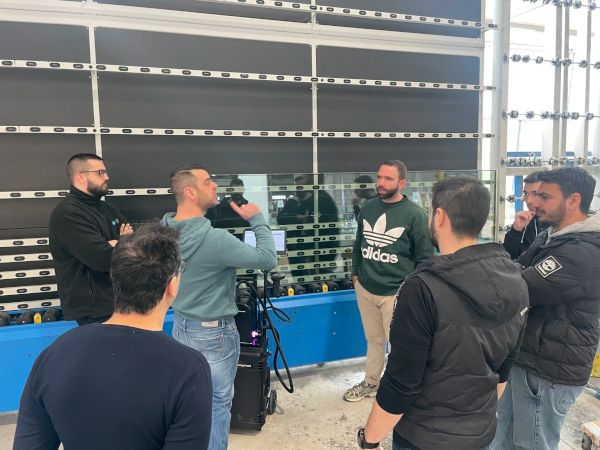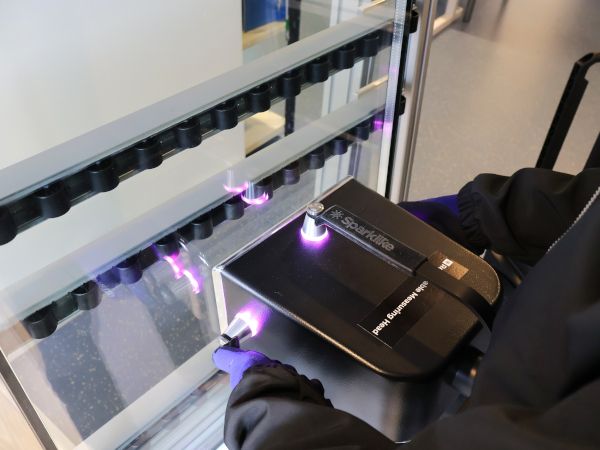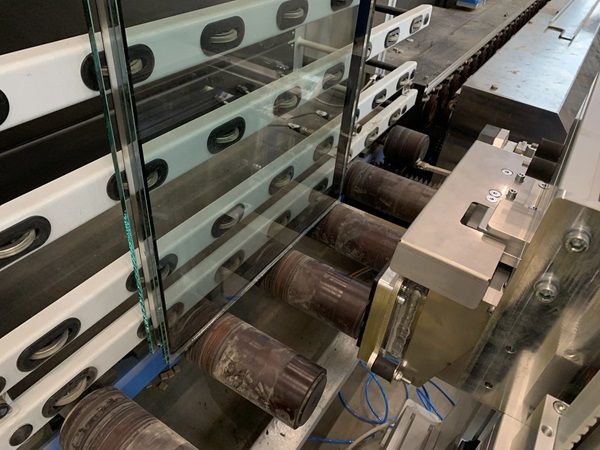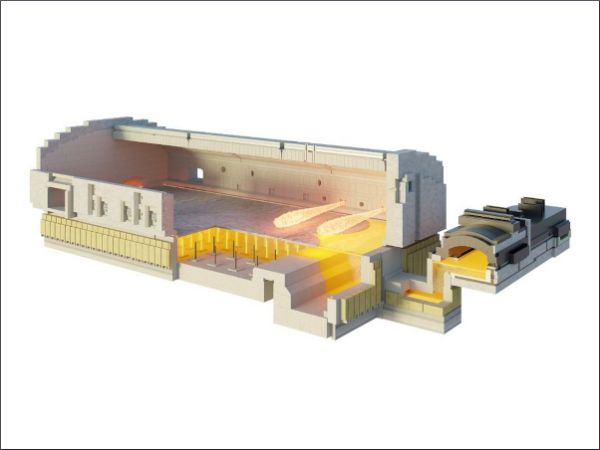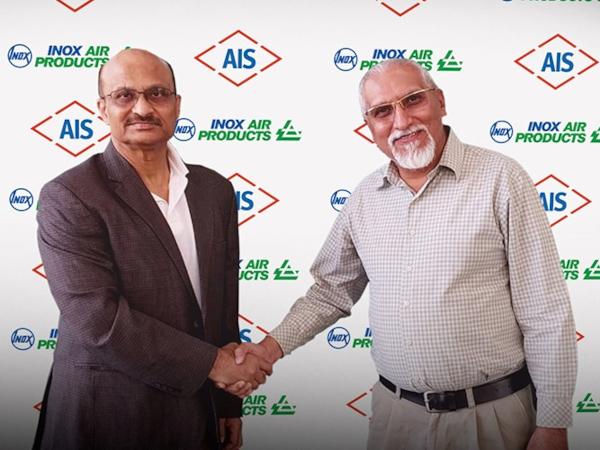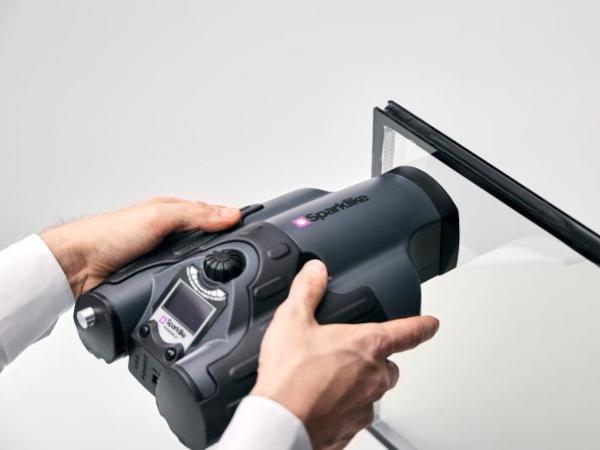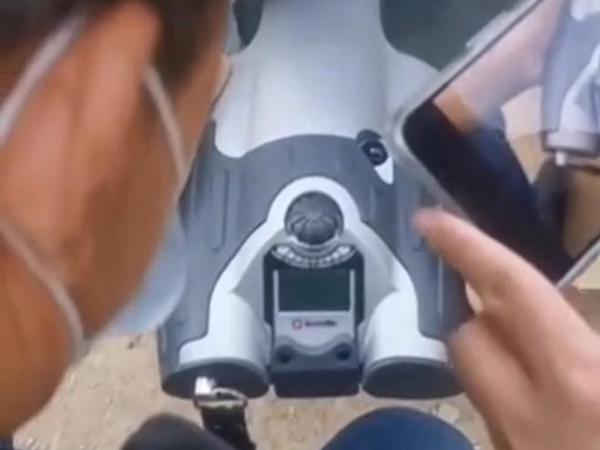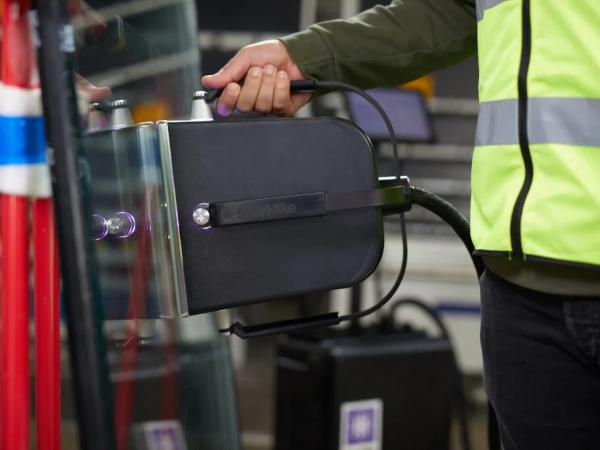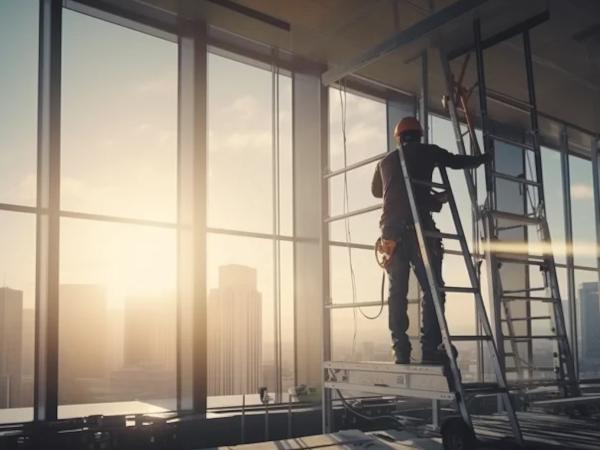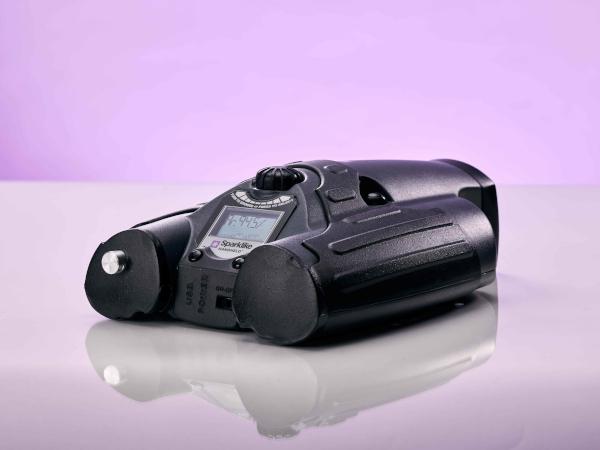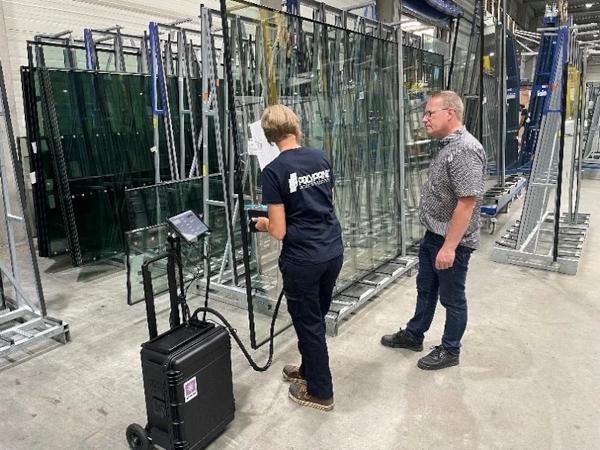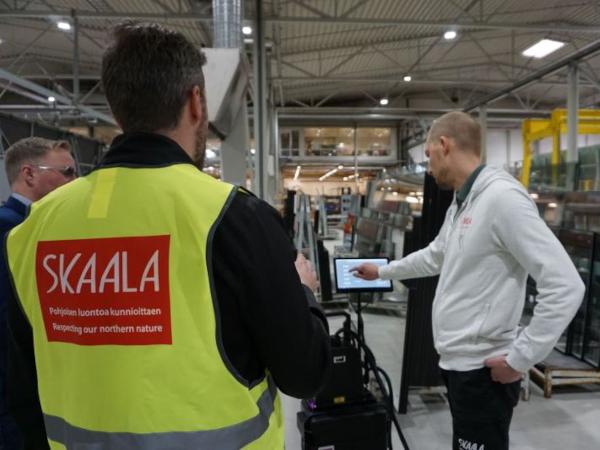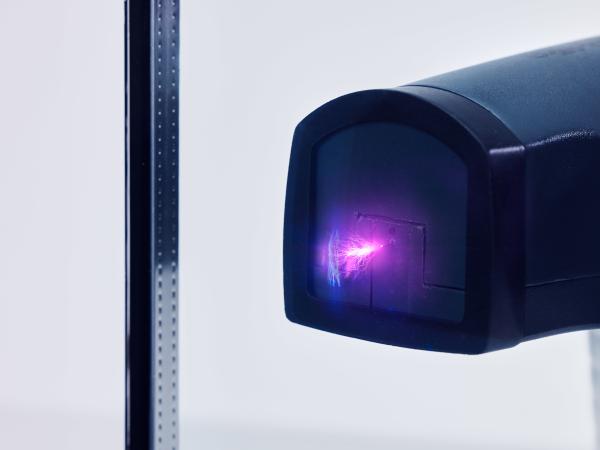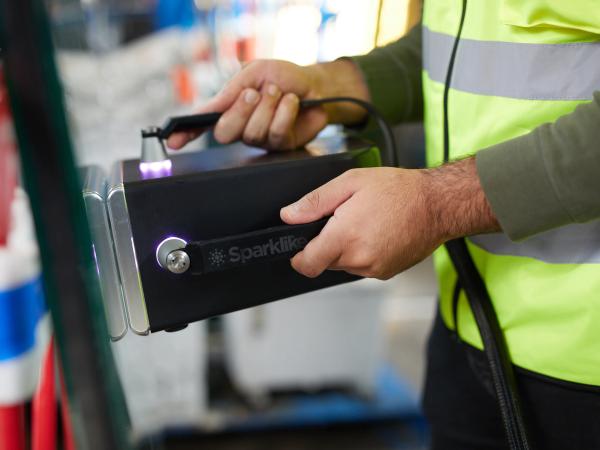Others also read
Accurately measuring argon in insulating glass units (IGUs) is essential to ensure energy efficiency and sustainability—here’s how advanced testing methods, including Sparklike solutions, make it possible.
Learn how to get the most accurate results with Sparklike Laser devices for non-invasive IGU gas concentration measurement.
Sparklike launched the 2025 trade fair season with key appearances at China Glass 2025 in Beijing and Glass Performance Days in Tampere.
Making sure insulating glass units (IGUs) meet high standards is essential for both manufacturers and installers. The gas fill level in IGUs is key to providing good thermal performance and energy efficiency.
The latest evaluation by ift Rosenheim confirms that the Sparklike Laser Portable 2.2™ meets the accuracy requirements of EN 1279-3 for measuring gas concentrations in insulating glass units (IGUs).
In the production and quality control of Insulating Glass Units (IGUs), maintaining consistent gas concentration readings is important to maintain its properties.
Vasglass continues to push the boundaries of quality and innovation. Here’s how they tackled a key challenge in insulating glass verification.
A recent evaluation by ift Rosenheim has validated the performance of the Sparklike Handheld 3.0™ for measuring gas concentration in insulating glass units (IGUs).
In the production of insulating glass units (IGUs), precise control over the gas filling process is critical to maintaining product performance.
Addressing the industry’s decarbonisation challenge, HORN is taking the next step forward in the industry´s transition to a resource-efficient and low-carbon economy.
This article explores the various types of insulating gases, their thermal performance, and their contribution to energy efficiency.
Asahi India Glass & INOX Air Products collaborate for an industry pioneering initiative with a 20-year agreement for off-take of Green Hydrogen at Asahi India’s Chittorgarh Plant
Argon concentration plays an important role in the performance of Insulating Glass Units (IGUs), impacting their insulation capabilities and energy efficiency.
Sparklike's new customer case offers an intriguing look at how the latitude affects argon gas retention in IGUs. This is crucial for energy efficiency and thermal performance.
In the ever-evolving landscape of sustainable living and energy efficiency, the Glass for Europe manifesto for 2024-2029 emerges as a guiding light towards a greener future.
In this blog post, we delve into the profound impact that precise gas measurement has on insulation performance and explain why it is a game-changer for manufacturers in the industry.
In 2023 Sparklike did a customer survey to understand its customers better. This included insight how Sparklike devices are perceived and what are the drivers to purchase.
Insulating gas, typically argon or krypton, is used in insulating glass windows to enhance its properties.
Sparklike Laser Portable 2.1 training at Polypane Glasindustrie in Belgium
SKAALA has been a pioneer, measuring their insulating glass units (IGUs) together with Sparklike for almost 20 years.
This year's GPD held a special significance for Sparklike, as it showcased groundbreaking research conducted by Elke van Nieuwenhuijzen.
Jolene Hu from Sparklike China had an opportunity to interview one of Sparklike customer, Jiangsu Jiacheng Special Glass Manufacturing Co., Ltd.
To be able to provide top quality glass to their customers, Szkłoland purchased Sparklike Laser Portable to monitor and measure the insulating gas concentration levels.

